
© EPAPigs can choose the sex of their offspring according to new research.
Scientists have been left baffled after discovering female pigs may be able to tell whether a sperm will produce a boy or girl before it reaches the egg.
The study, published in the journal
BMC Genomics, shows different genes are active in female pigs' reproductive system cells depending on whether female (X) or male (Y) sperm are present.
It is thought the sow's fallopian tubes, known as the oviduct, change in response, allowing her to influence the sex of her offspring.
The research suggests the sow may favour one sex over the other and give it a better chance of reaching the egg first.
Researchers are still not sure why this ability has evolved but believe if females can recognise the sex of sperm and change in response, they might be able to create an environment that favours boys or girls.
Lead author Prof Alireza Fazeli, from the department of human metabolism at the University of Sheffield said: "What this shows is that mothers are able to differentiate between the sperm that makes boys and girls.
"That on its own is amazing. It's also of great scientific and evolutionary importance.
"If we understand how they can do that, this can revolutionise the field.
"We don't know what the human application could be or how it works but we believe female pigs can choose one gender over another.
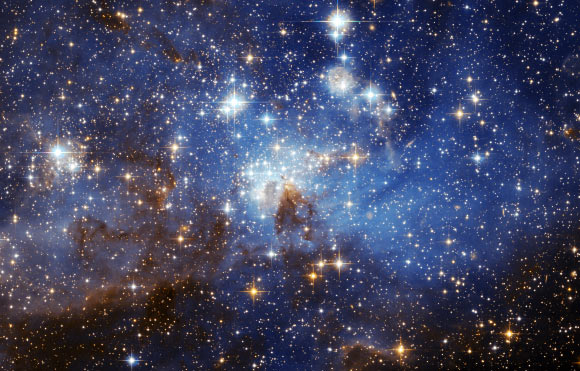
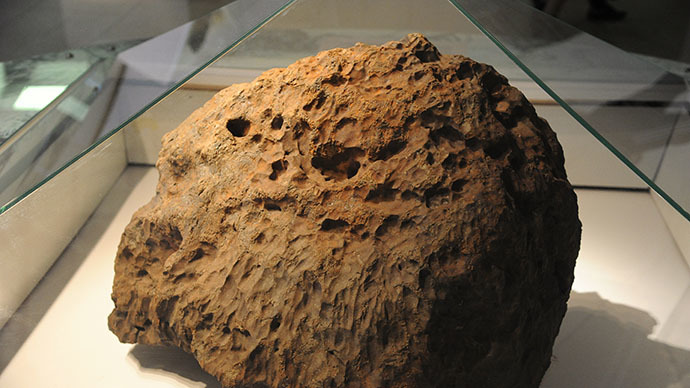
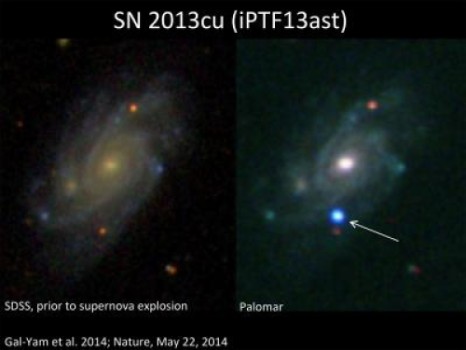
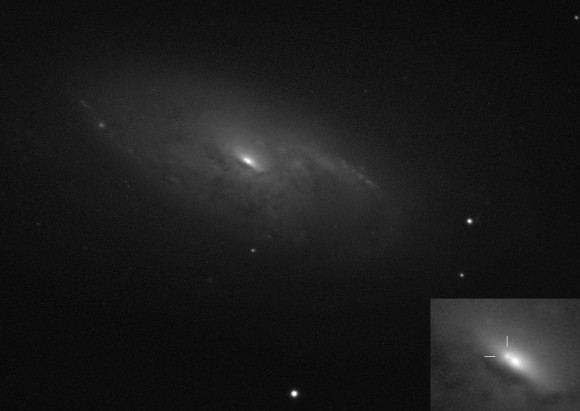
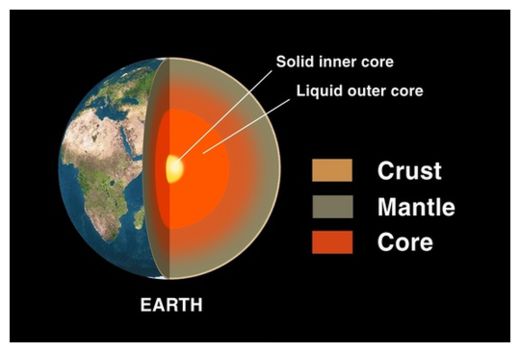
Comment: With filters in place for extremism, child pornography and other unsavory topics, does what a company chooses not to index, or deem "unreliable," amount to protection or censorship?